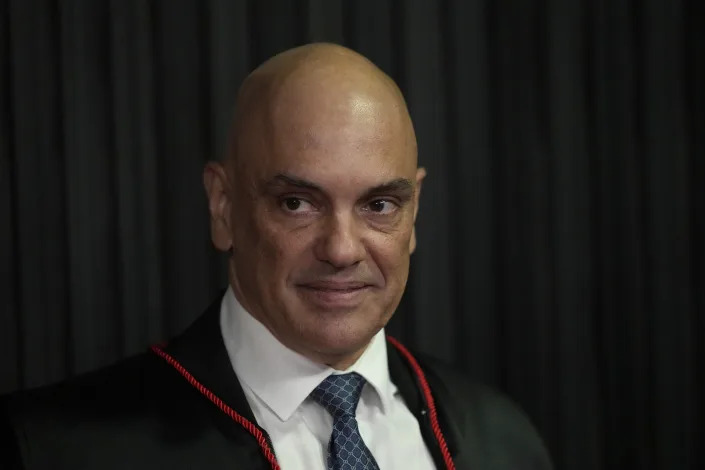How China Is Transforming Africa’s Economies
In 2000, China was the leading source of imports for only a few African countries: Sudan, Gambia, Benin and Djibouti.
But as Statista's Martin Armstrong shows in the infographic below, 20 years later, the Asian superpower is now the top supplier of goods for over 30 nations on the continent.

You will find more infographics at Statista
The China-Africa connection has been fostered intensely over the last two decades. As reported by Statista's research expert for Angola, Kenya and Tanzania, Julia Faria:
"The value of Chinese exports to African countries jumped from five billion U.S. dollars to 110 billion".
It's not just a one-way street, however:
"African exports to China also increased, though at a slower pace. In 2020, total export value to China reached nearly 62 billion U.S. dollars, a slowdown caused by the Covid-19 pandemic. The growing Chinese demand for raw materials has found a strong supplier in Africa, with exports valued at around 14 billion U.S. dollars in 2020."
Far beyond being a simple trade relationship, China has been the largest foreign investor in Africa for a number of years now. Additionally, the country was the source of 25 percent of infrastructure funding in the continent in 2018 - the second highest share that year and only second to the financial commitments from national African governments.
By Zerohedge.com
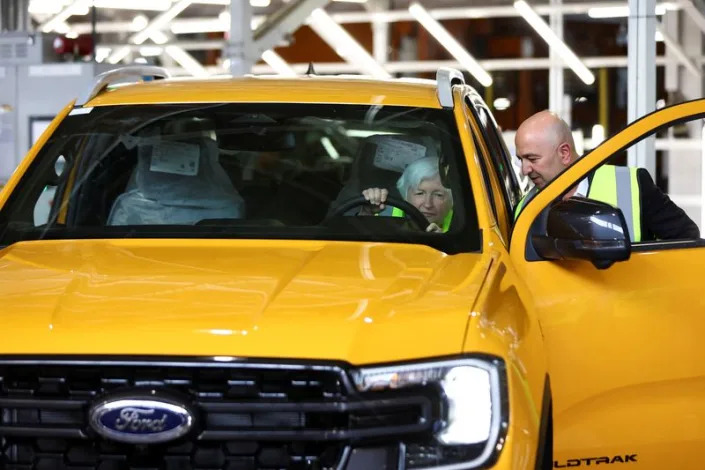


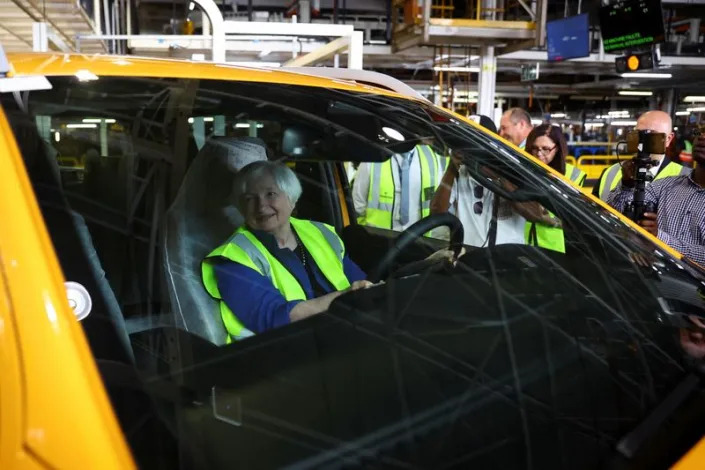


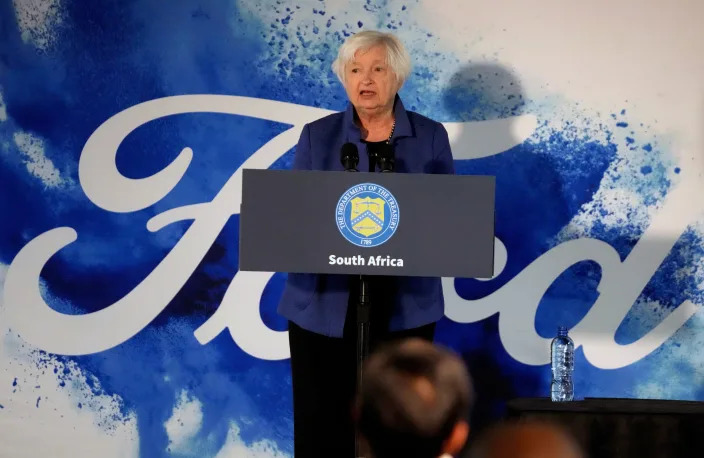
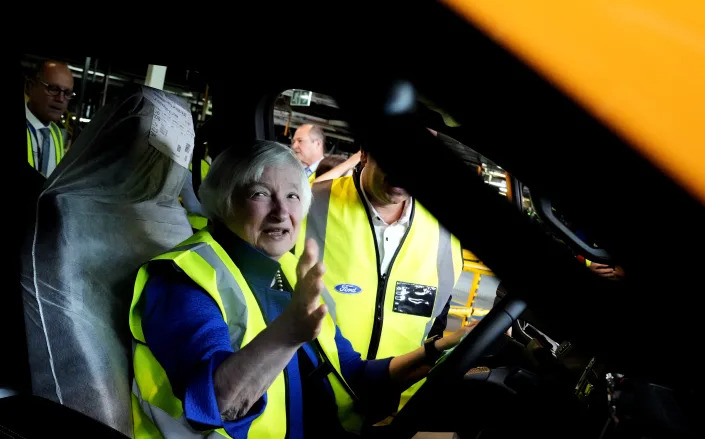
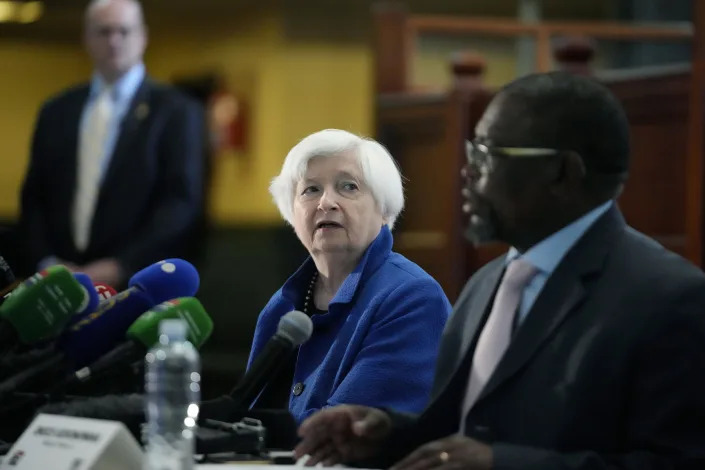
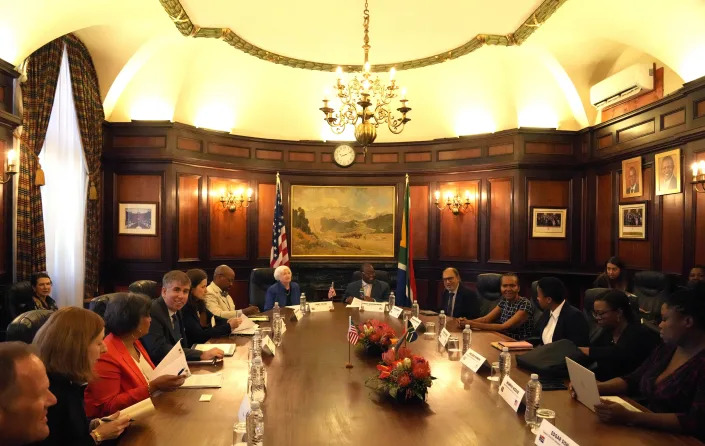
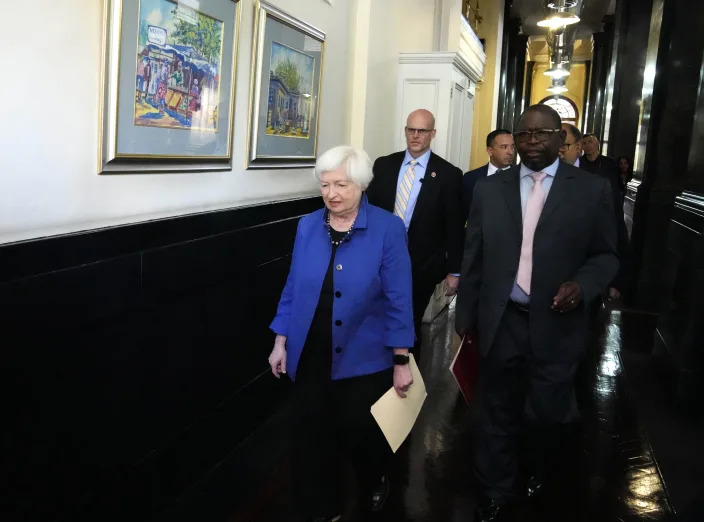


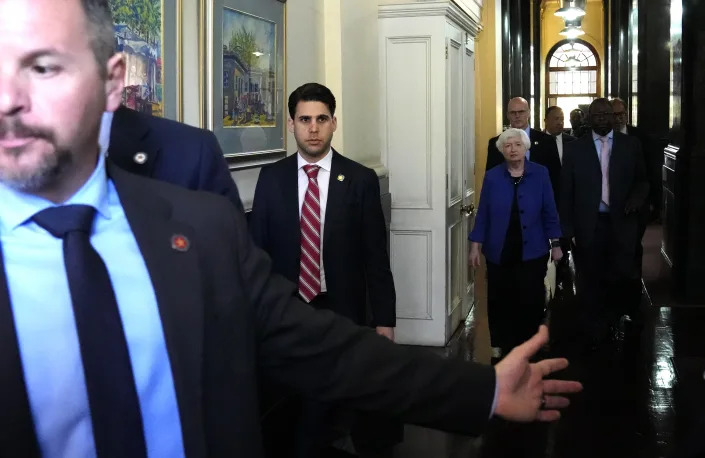
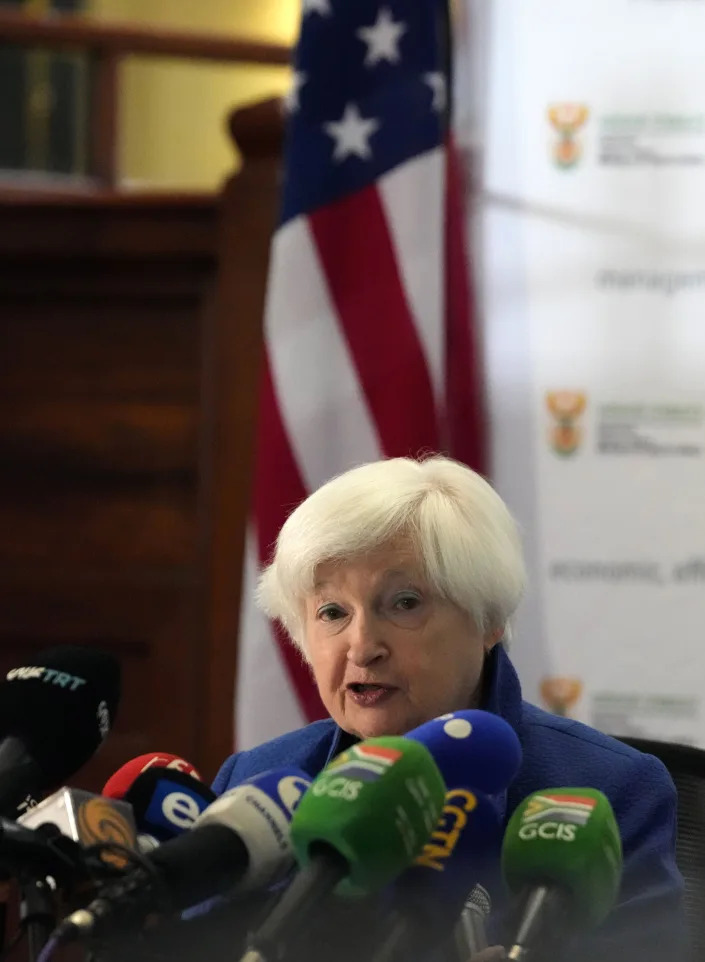




.jpg)


